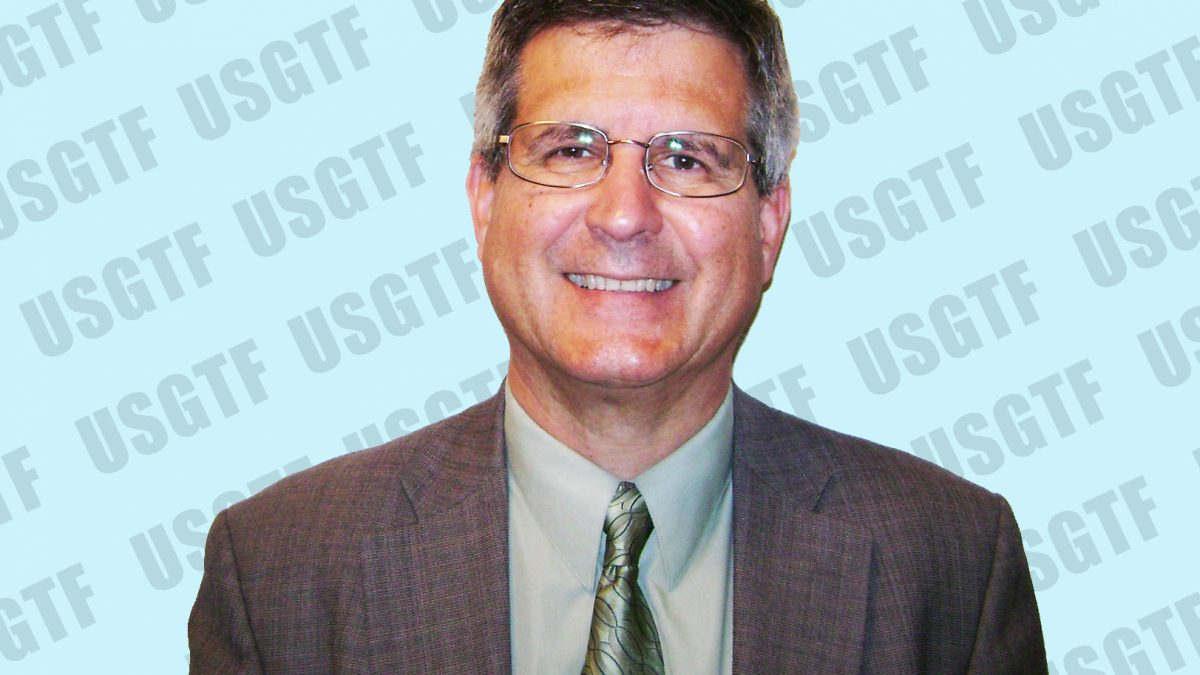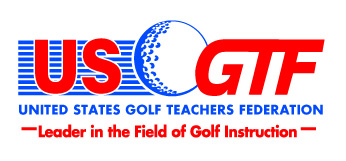As Teaching Professionals
For years I have been working with Tour Edge golf, and I recommend a lot of full package sets to my students who are starting the game. For a little more then price of a top brand driver I can get a student into a full set of life time warranty clubs that will give the confidence to get better. It is so hard to learn the game with clubs that are the wrong flex or wrong length. I recommend that as instructors we pay attention to our students equipment because with proper equipment the students ability to get better will increase dramatically. As USGTF members you can even order Tour Edge club through the USGTF for your students and you can make some extra revenue.
Arlen Bento Jr. is a USGTF Master Teaching Professional, former Head Golf Professional of the PGA Country Club and PGA Village and Director of Golf at Eagle Marsh Golf Club in Jensen Beach, FL. He can be reached via his website at www.abjgolfsales.com





